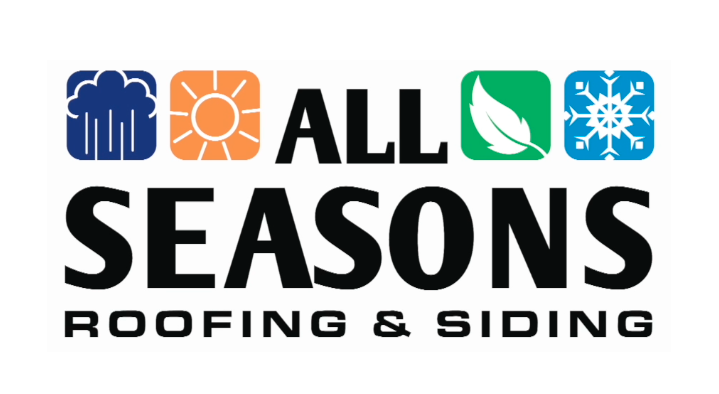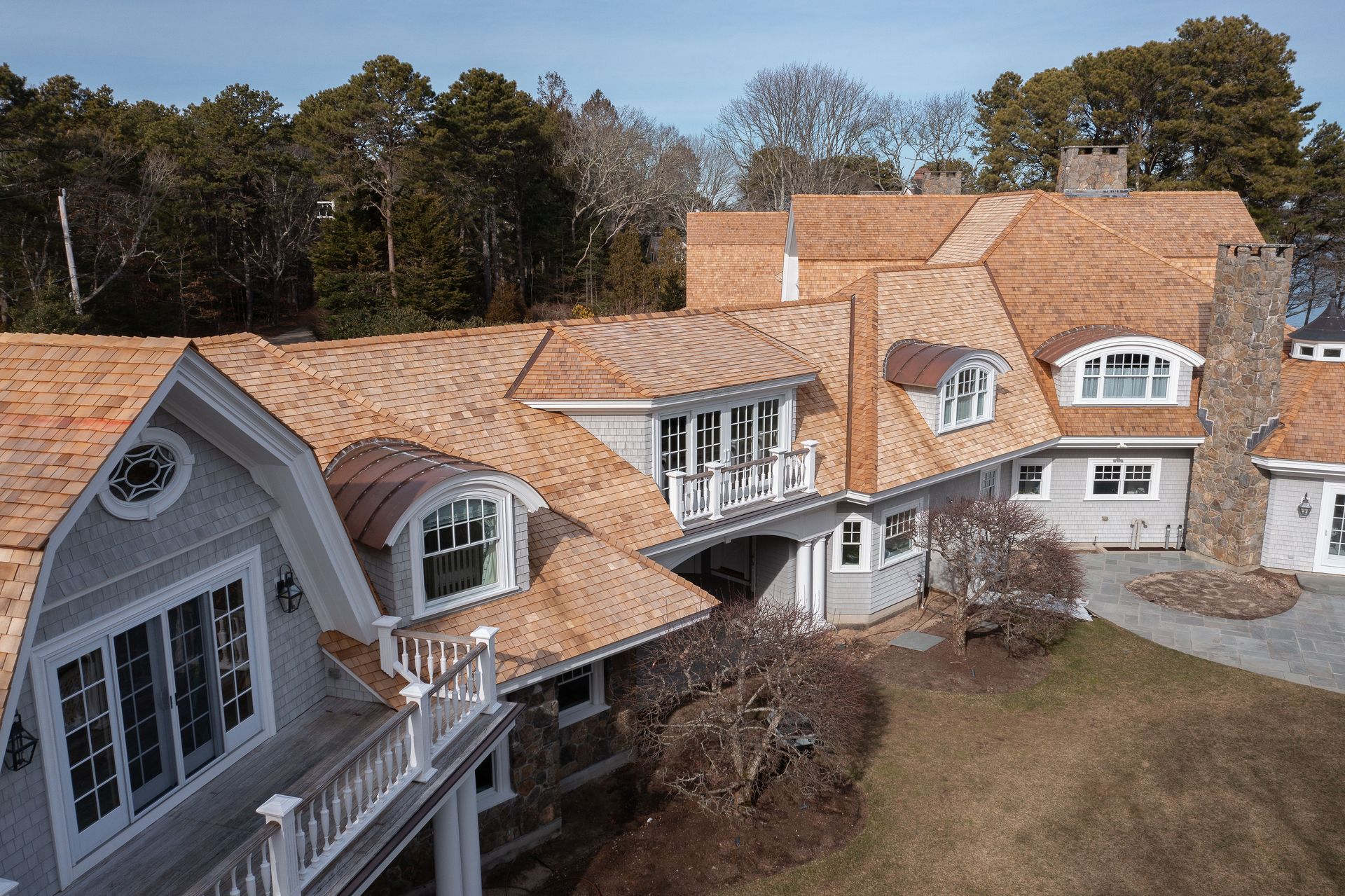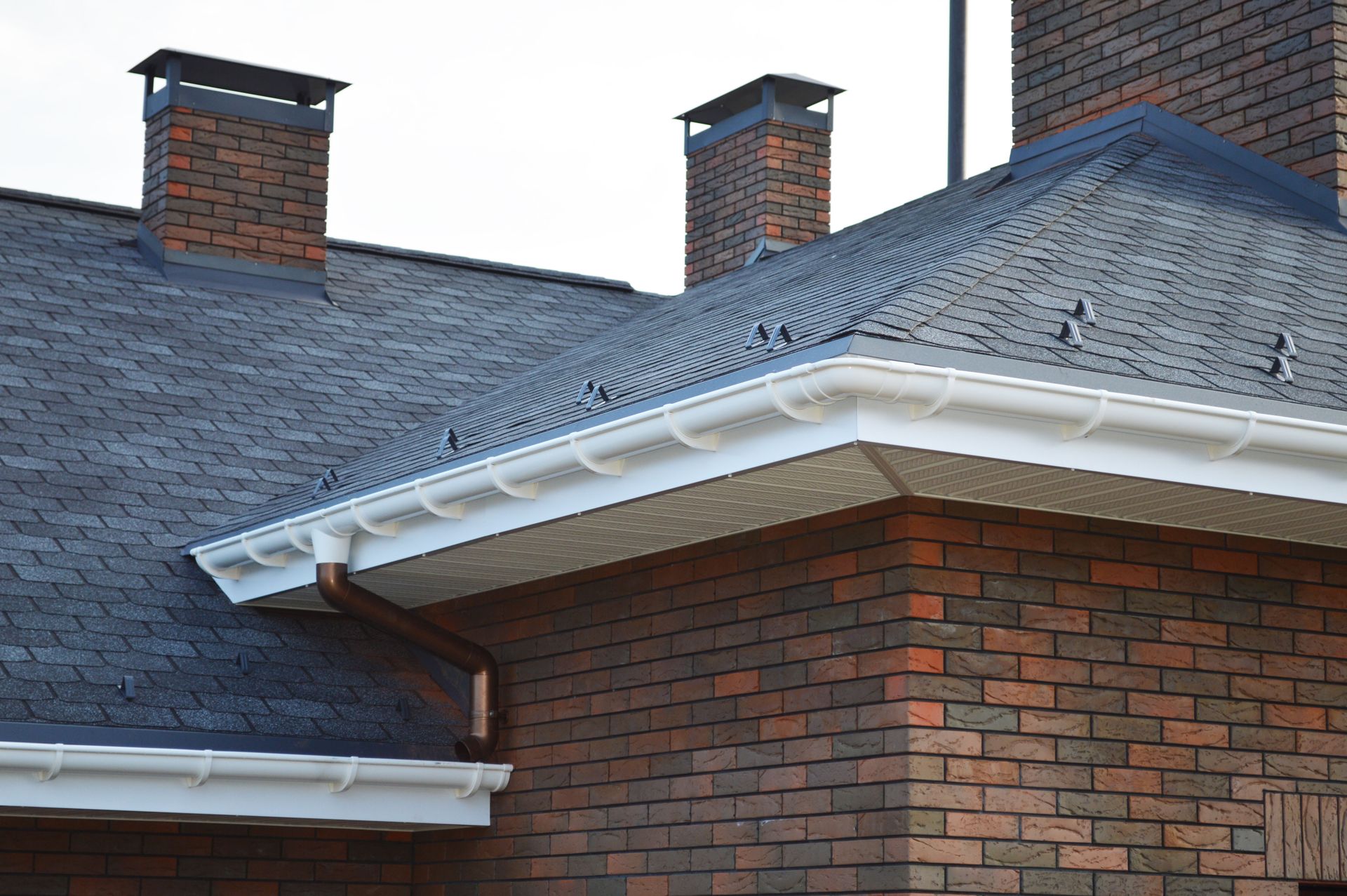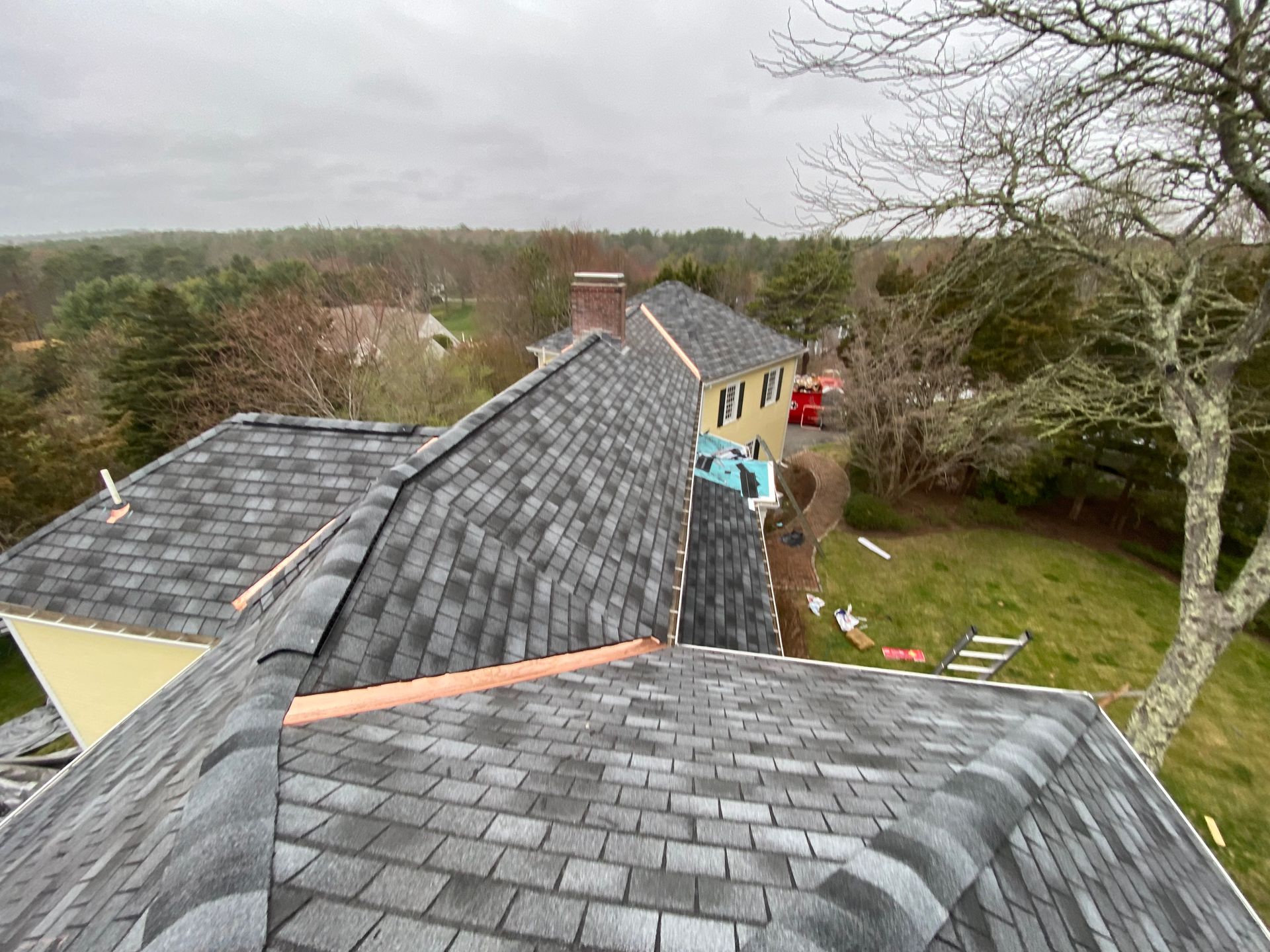Debunking Common Myths about Metal Roofing
7042538965 • February 8, 2025
Debunking Common Myths about Metal Roofing

Metal roofing, one of the most durable and long-lasting roofing materials, has been the choice for homeowners and contractors alike for many years. Its popularity continues to grow due to its many benefits such as its energy efficiency, fire resistance, and ability to withstand extreme weather conditions. However, despite its numerous advantages, metal roofing is often subject to various misconceptions and myths that can confuse potential users. It's important to separate fact from fiction to understand the true value and potential of this versatile roofing material.
Myths about metal roofing have been circulating for years, often causing unnecessary concern among homeowners contemplating a roof replacement or new construction. These myths range from concerns about the material's noise level during rainstorms to misconceptions about its aesthetic appeal and durability. It's essential to debunk these myths to give a clear and accurate picture of what metal roofing truly entails, its benefits, and why it might be the right choice for your home or building project.
Metal roofs have a longer lifespan and require less maintenance and repair, ultimately saving homeowners money in the long run. It is clear from our exploration that metal roofing offers a host of benefits. They are durable, energy-efficient, and environmentally friendly. Not to mention, metal roofs come in a variety of styles and colors to adapt to any architectural style. So, if you're in the market for a new roof, don't let common myths deter you. Consider the long-term value and benefits that a metal roof can offer your home.
Name, Address, and Phone
All Seasons Roofing
21 Summer Hill Rd, Medway, Massachusetts, 02053, US
508-233-4333
Myths about metal roofing have been circulating for years, often causing unnecessary concern among homeowners contemplating a roof replacement or new construction. These myths range from concerns about the material's noise level during rainstorms to misconceptions about its aesthetic appeal and durability. It's essential to debunk these myths to give a clear and accurate picture of what metal roofing truly entails, its benefits, and why it might be the right choice for your home or building project.
Myth 1: Metal Roofs are Noisy
The Origin of the Noise Myth
One of the most common misconceptions about metal roofing stems from the image of old tin roofs amplifying the sound of rain to deafening levels. However, modern metal roofing has evolved significantly and is no longer noisy when paired with proper insulation and installation techniques.The Role of Proper Insulation
Proper insulation minimizes noise effectively, not just for metal roofs but for all roofing types. When solid sheathing and insulation are used, a metal roof creates a robust barrier against sound, offering quieter indoor environments.Comparative Noise Levels
Metal roofs, when well-insulated, can rival or even outperform traditional roofing materials in terms of noise reduction. While asphalt shingles may absorb sound differently, a metal roof with appropriate insulation provides effective noise dampening.Impact of Metal Roof Textures
Textured finishes on metal roofs scatter sound waves, further reducing noise. With the right materials and installation, the myth that metal roofs are inherently noisy is thoroughly debunked.Myth 2: Metal Roofs are Prone to Lightning Strikes
The Science of Lightning
Lightning seeks the path of least resistance to the ground, targeting the highest points rather than specific materials. Metal roofs do not increase the likelihood of a strike.Conductivity vs. Attraction
While metal is an excellent conductor of electricity, it does not attract lightning. Instead, it disperses energy safely, making it a safer option compared to combustible roofing materials in the event of a strike.Fire Resistance and Safety
Metal roofs are non-combustible and fire-resistant, reducing risks associated with lightning strikes. This makes them a safer alternative compared to other roofing materials.Factors Influencing Lightning Strikes
The height, size, and location of a structure play a more significant role in attracting lightning than the material of the roof. Thus, a metal roof does not inherently make a building a lightning rod.Myth 3: Metal Roofs are Not Energy-Efficient
Heat Reflective Properties
Metal roofs are highly energy-efficient due to special coatings that reflect solar heat, reducing cooling costs during hot months.Insulation Benefits in Winter
During winter, the airtight quality of metal roofs ensures minimal heat loss, reducing heating costs and enhancing indoor comfort.Comparison with Other Materials
Unlike traditional materials like asphalt shingles that absorb heat, metal roofs reflect heat, making them superior in energy efficiency.Long-Term Cost Savings
The energy-efficient qualities of metal roofs contribute to significant long-term savings by reducing reliance on heating and cooling systems.Myth 4: Metal Roofs are Susceptible to Rust
Built-in Rust Resistance
Modern metal roofs are designed with materials like steel, aluminum, and copper, which are naturally resistant to rust. Protective coatings such as galvanization further enhance their resistance.Importance of Maintenance
Regular inspections and cleaning prevent debris accumulation and moisture buildup, which could lead to rust over time.Durability of Coatings
The protective layers on metal roofs prevent water and oxygen from reaching the underlying material, significantly reducing the risk of corrosion.Ensuring Longevity
With proper care and maintenance, metal roofs remain rust-free for decades, debunking the misconception about their susceptibility to rust.Myth 5: Metal Roofs are Too Expensive
Initial Costs vs. Long-Term Savings
While the upfront cost of metal roofing might be higher, its longevity and minimal maintenance requirements make it a cost-effective investment over time.Durability and Longevity
Metal roofs often last 50 years or more, outliving materials like asphalt shingles that require frequent replacement.Resistance to Weather Damage
Metal roofs resist wind, hail, and fire damage, reducing repair costs and ensuring long-term durability.Energy Efficiency and Cost Savings
The reflective properties of metal roofs reduce cooling costs, contributing to lower energy bills and offsetting the initial investment.Conclusion
In conclusion, our journey through the world of metal roofing has helped dispel some of the common misconceptions people may have. We've learned that metal roofs are not inherently noisy, they don't attract lightning more than other roof types , and they are not prone to rust. Today's modern metal roofs are built with a protective layer that prevents rusting, and their design can help minimize noise from rain and hail. Another myth we've debunked is that metal roofs make houses hotter. The reality is quite the opposite. Metal roofs can help keep your home cooler by reflecting solar radiant heat, which can reduce cooling costs. Lastly, while the initial investment for a metal roof might be higher than other roofing options, the long-term benefits make it a sound investment.Metal roofs have a longer lifespan and require less maintenance and repair, ultimately saving homeowners money in the long run. It is clear from our exploration that metal roofing offers a host of benefits. They are durable, energy-efficient, and environmentally friendly. Not to mention, metal roofs come in a variety of styles and colors to adapt to any architectural style. So, if you're in the market for a new roof, don't let common myths deter you. Consider the long-term value and benefits that a metal roof can offer your home.
Name, Address, and Phone
All Seasons Roofing
21 Summer Hill Rd, Medway, Massachusetts, 02053, US
508-233-4333

Serving Areas
Medway, MA
Norfolk, MA
Milford, MA
Franklin, MA
Millis, MA
Holliston, MA
Bellingham, MA
Hopedale, MA
Cape Cod, MA
All of Massachusetts
and surrounding areas
Business Hours
- Mon - Sun
- -
Hi. Do you need any help?
Privacy Policy
| Do Not Share My Information
| Conditions of Use
| Notice and Take Down Policy
| Website Accessibility Policy
© 2025
The content on this website is owned by us and our licensors. Do not copy any content (including images) without our consent.





Share On: